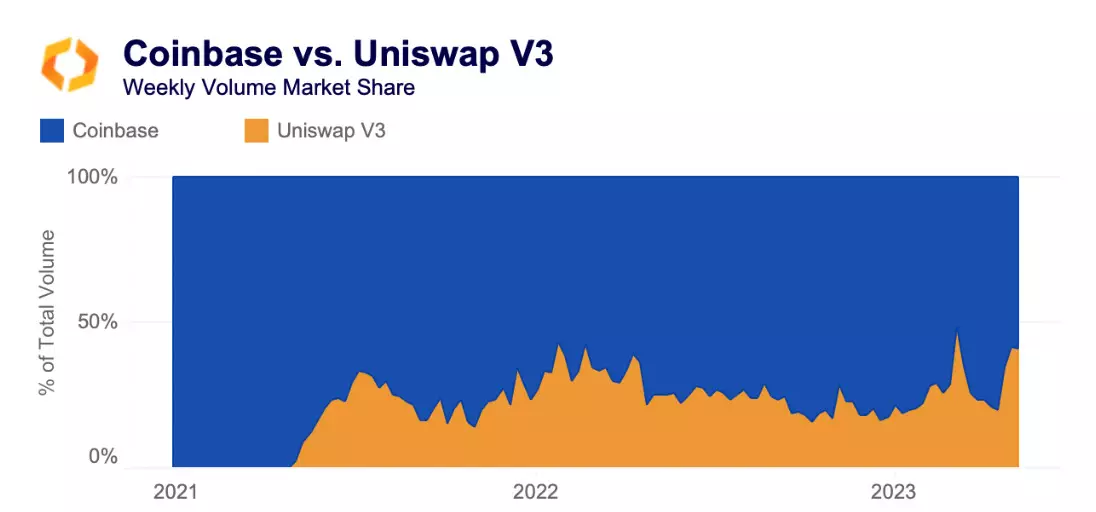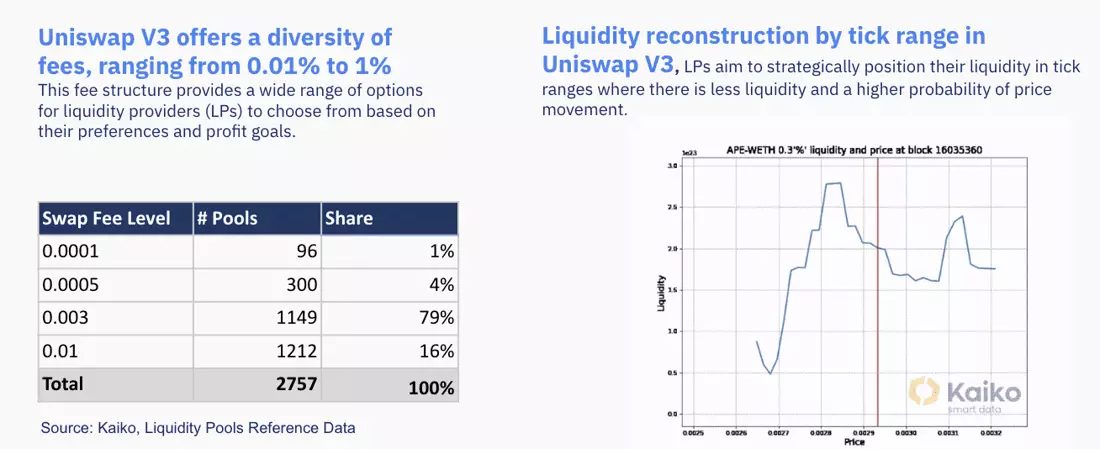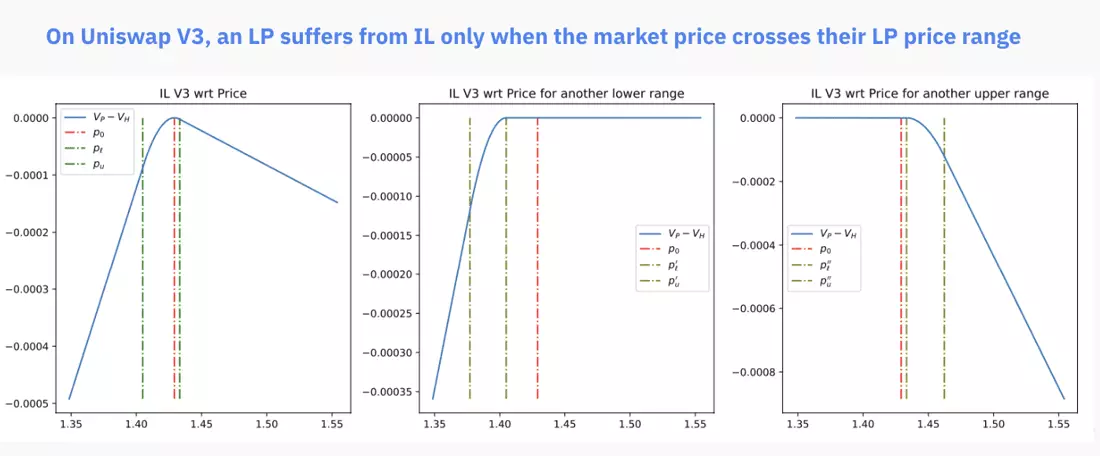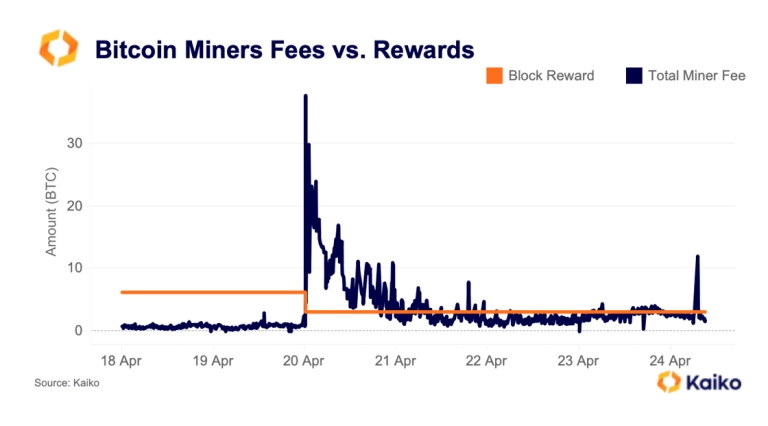June Analyst Call: Crypto data insights and trends with our experts

Deep Dive: EthCC Edition
20/07/2023
Data Used In This Analysis

More From Kaiko Research
![]()
Bitcoin
13/05/2024 Data Debrief
Reality Bites for BTC MinersBoth BTC and ETH closed the week down despite a rally in European equities amid rate cuts hopes. In other industry news, Robinhood disclosed it received a wells notice from the SEC, Revolut launched a crypto exchange for experienced traders in the UK and BitMEX launched options trading to challenge Deribit.
Written by The Kaiko Research Team![]()
ETF
06/05/2024 Data Debrief
Is the ETF rally over?Bitcoin had a volatile week, dipping at one point below $57k before rebounding over the weekend as concerns eased over interest rates. In other news, restaking service Eigenlayer announced an airdrop, the former Binance CEO got a 4-month prison sentence, and Coinbase posted strong Q1 revenues.
Written by The Kaiko Research Team![]()
Stablecoin
29/04/2024 Data Debrief
Tether Loses Market Share.Welcome to the Data Debrief! BTC closed the week in the red as stagflation fears mount in the US, trading early Monday just above $62k. In other news, Consensys sued the SEC, Venezuela chose USDT for oil payments to sidestep sanctions, and US authorities arrested co-founders of a crypto mixing service.
Written by The Kaiko Research Team![]()
Bitcoin
25/04/2024 Deep Dive
Bitcoin's Fourth Halving: This Time is Different?This week we’ll provide an update on Bitcoin’s fourth halving, the impact its having on the market so far, and what to will drive demand in the coming months.
Written by Adam Morgan McCarthy



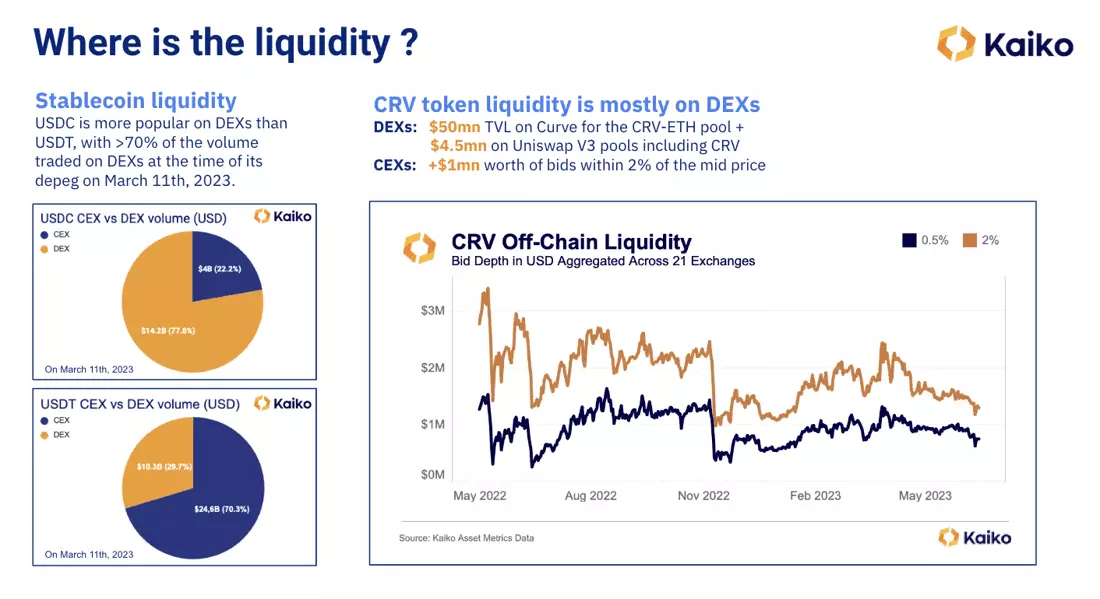


 This is a very obvious example of wash trading, but some bad actors could be using more complex methods. Ultimately, it is the exchange’s responsibility to ensure that this type of behavior does not take place.
This is a very obvious example of wash trading, but some bad actors could be using more complex methods. Ultimately, it is the exchange’s responsibility to ensure that this type of behavior does not take place.